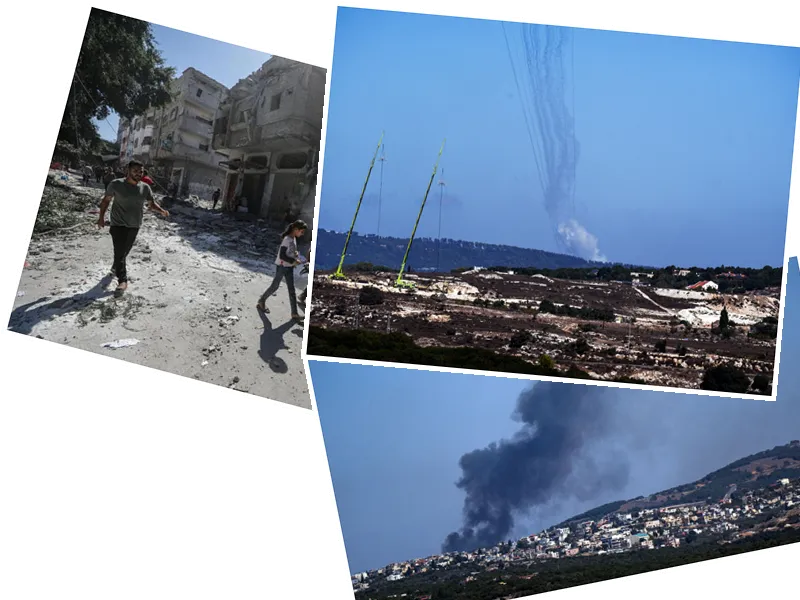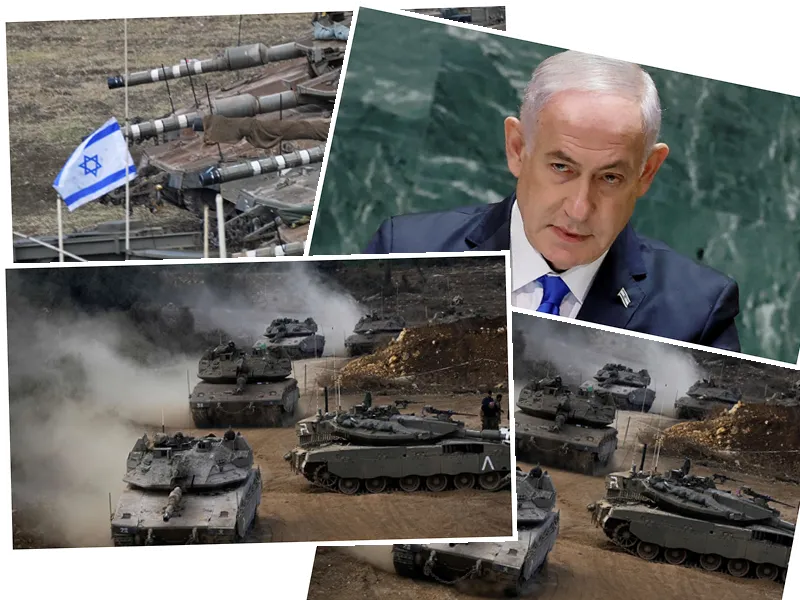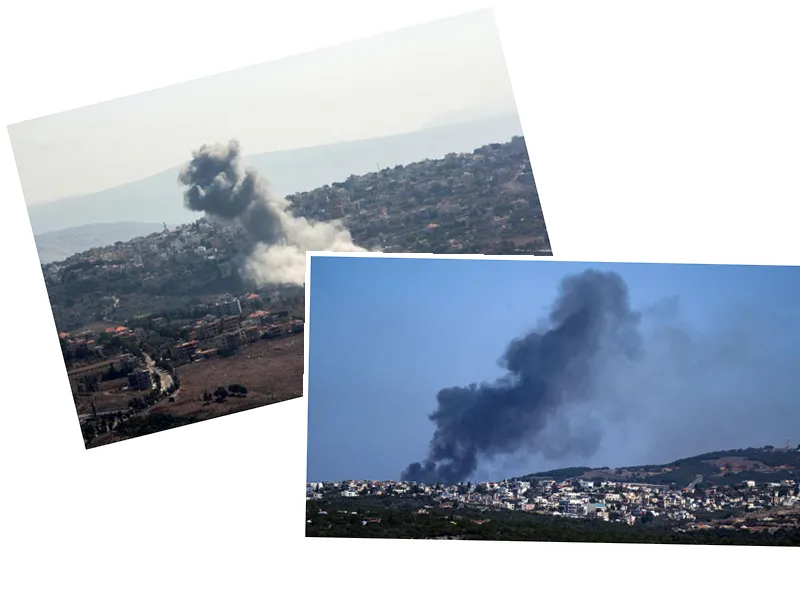The Israeli government's approach appears to be shifting towards a more permanent military and civilian presence in Gaza, with the establishment of fortified positions and the creation of new settlement enclaves.
The humanitarian crisis is deepening, with increasing reports of civilian casualties and destruction of infrastructure, raising urgent calls for international intervention and aid.
The intertwining of security and ideological goals in Israeli policy reflects a broader trend towards normalization of settlement expansion under the guise of military necessity.
If the current trajectory continues, the humanitarian situation in Gaza may worsen, leading to increased international pressure on Israel to halt military operations and allow humanitarian access.
The ongoing military strategy may solidify divisions within Gaza, making any future peace negotiations more complex and difficult to achieve.
Increased resistance from Palestinian groups could lead to escalated military responses from Israel, perpetuating a cycle of violence and retaliation.
Israel's Ground Offensive in Gaza: A New Phase of Conflict
As Israel intensifies its ground operations in the Gaza Strip, the situation has escalated significantly, leading to severe humanitarian consequences for the Palestinian population. The Israeli government has initiated a controversial plan to create a so-called "humanitarian zone" in the Khan Yunis waterway, prompting mass evacuations and raising alarms over potential displacement of Palestinians. Reports indicate that over half of Gaza's population has congregated in the Rafah area, with discussions of relocating them to the Sinai Peninsula or other regions. These developments come amid increasing international scrutiny and local resistance to the displacement efforts, which many view as a systematic strategy to isolate and control the Palestinian population.
Israeli officials have articulated a vision of security that intertwines with settlement expansion, as evidenced by the establishment of various "axes"—specifically the Netzarim and Philadelphi axes—designed to segregate and manage the movement of Palestinians within Gaza. These axes are not merely military routes but are evolving into enclaves that serve both security and ideological purposes, reflecting a shift in Israeli policy towards more aggressive territorial control. Reports from Yedioth Ahronoth highlight that the Netzarim axis, initially a bargaining chip in negotiations, has transformed into a fortified military settlement, effectively dividing the Gaza Strip and restricting access for its residents.
The Humanitarian Crisis Deepens Amid Military Operations
The humanitarian situation in Gaza has deteriorated dramatically, with the Israeli military's actions described as part of a broader strategy of displacement and control. The ongoing siege has led to a situation where international relief organizations are barred from entering critical areas, exacerbating the plight of civilians caught in the crossfire. Haaretz reports that the Israeli army is implementing a military operation that has resulted in massive destruction of homes and infrastructure, with no clear end in sight.
As the Israeli government continues to pursue its military objectives, there are concerns about the long-term implications of these actions for the Palestinian population and the broader geopolitical landscape. The potential reopening of the Kissufim crossing, aimed at facilitating humanitarian aid, is viewed skeptically by many who fear it may serve as a pretext for further military control rather than genuine assistance. The situation remains fluid, with ongoing military operations and international diplomatic efforts attempting to address the escalating crisis.





